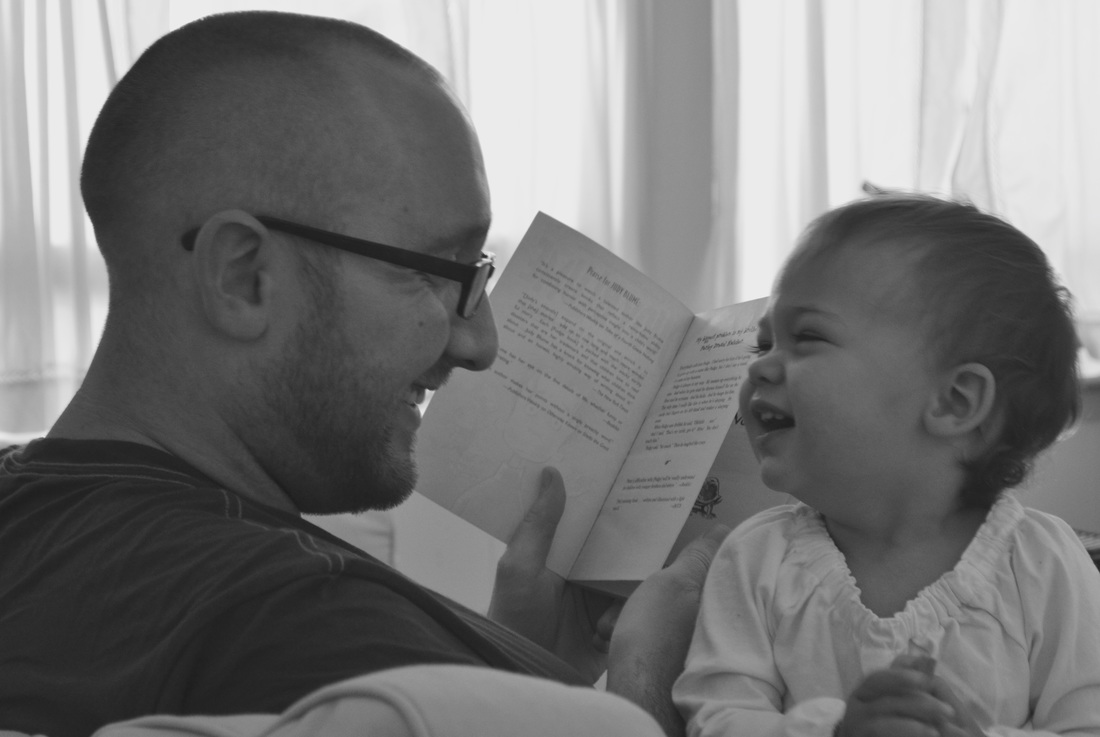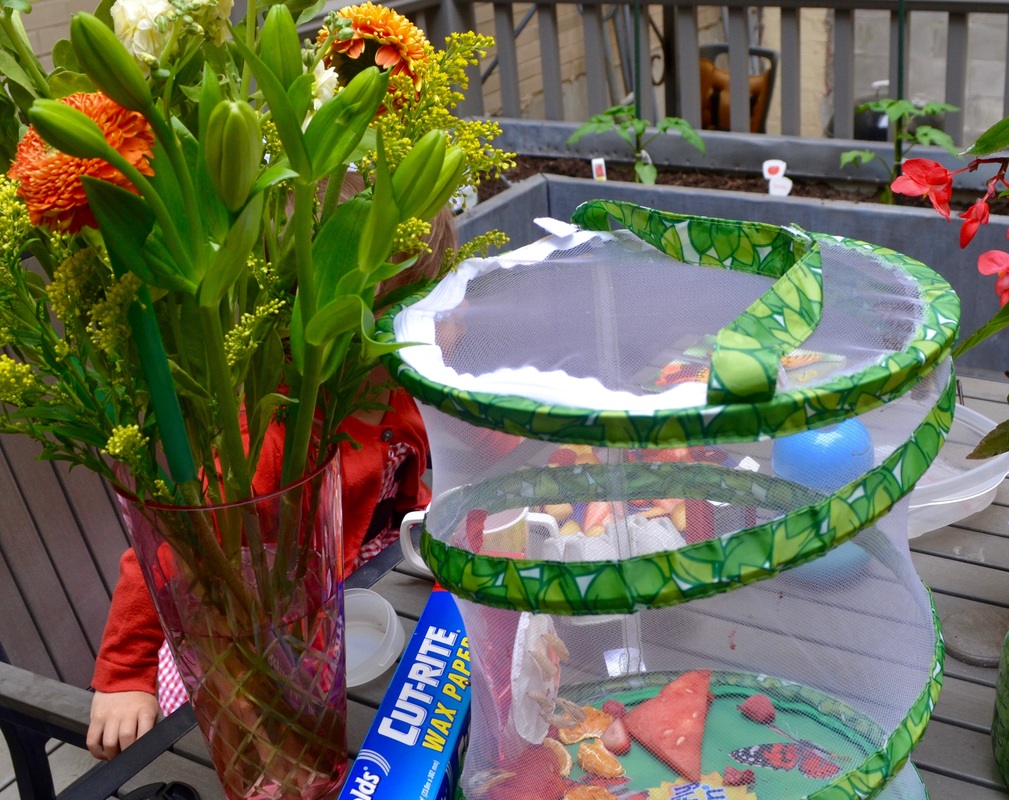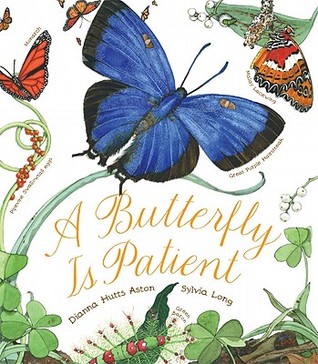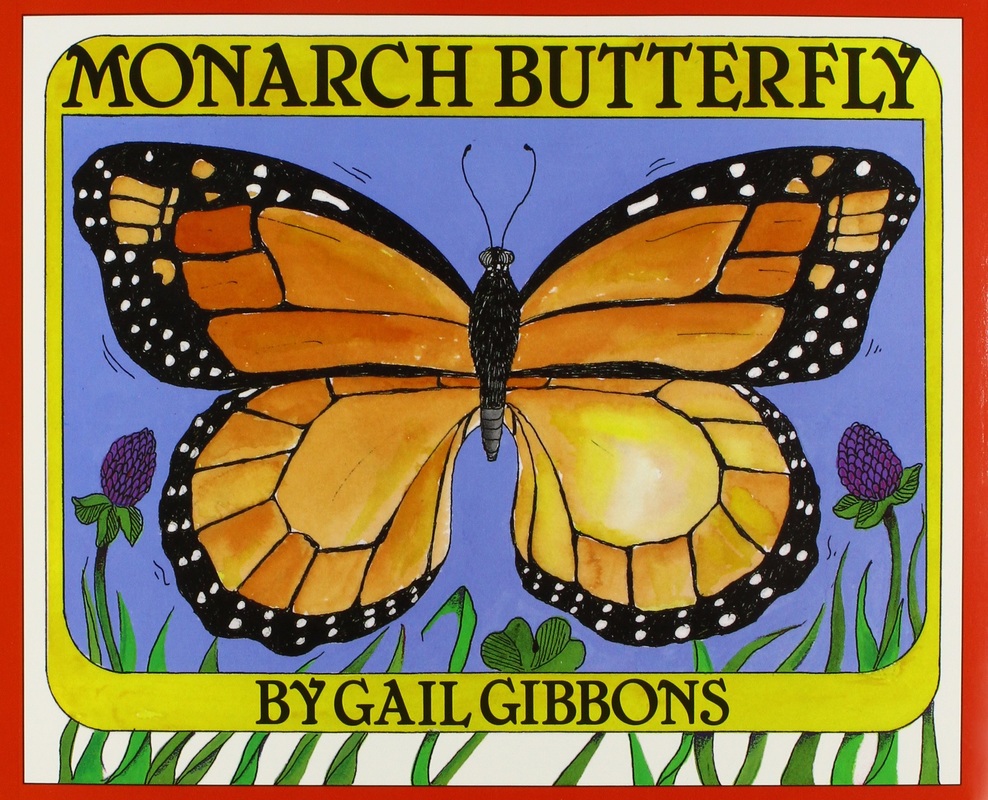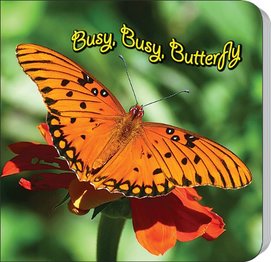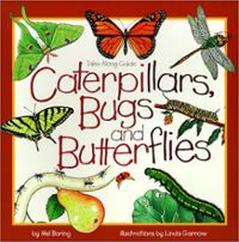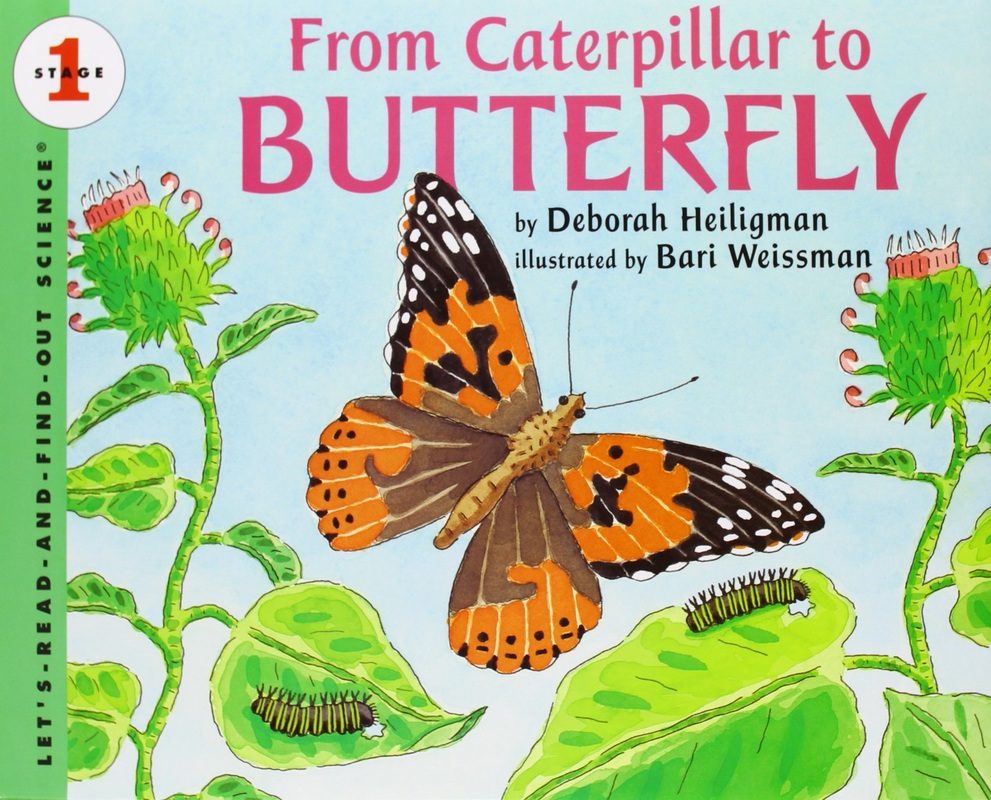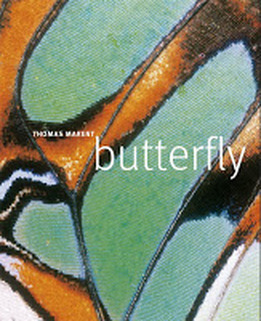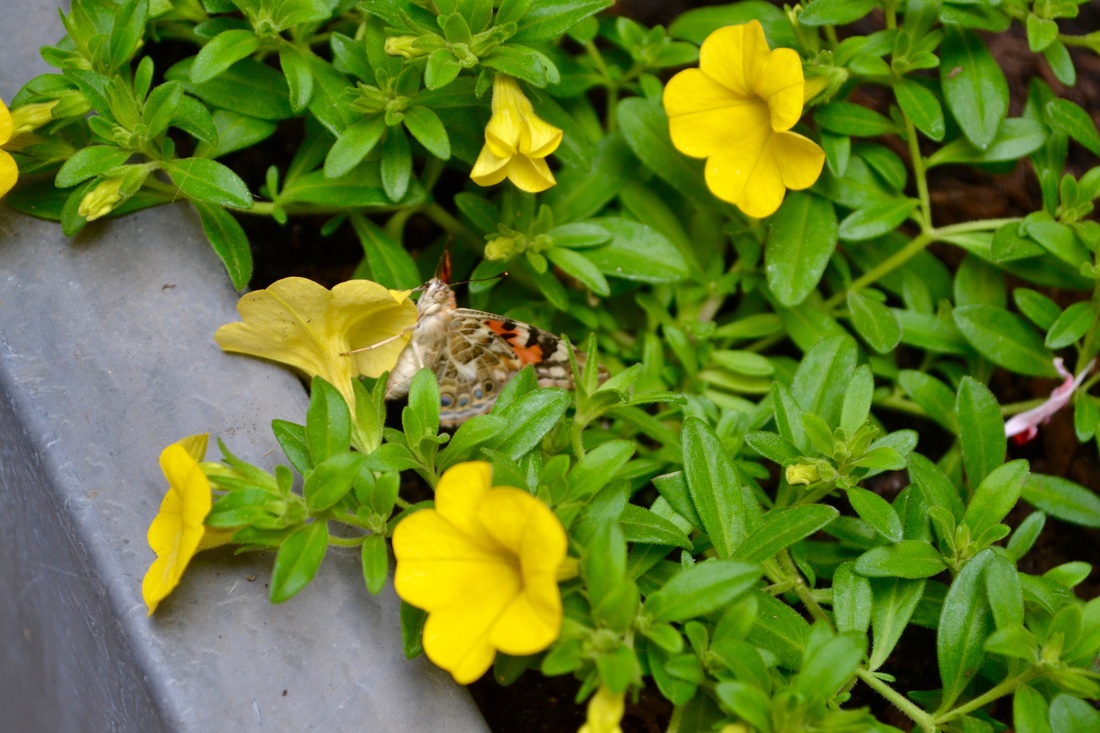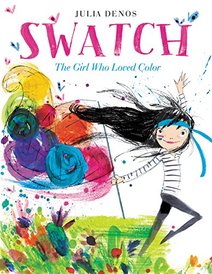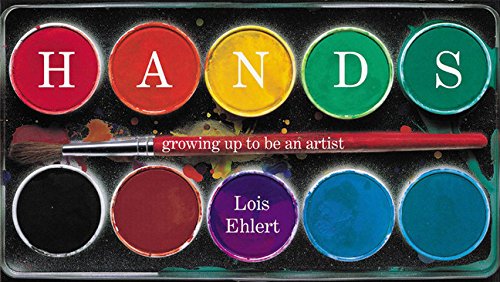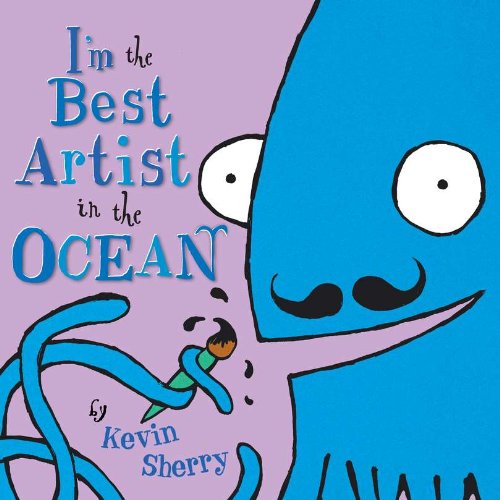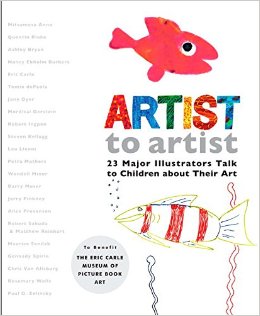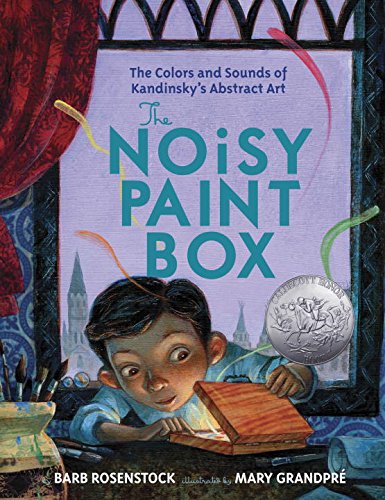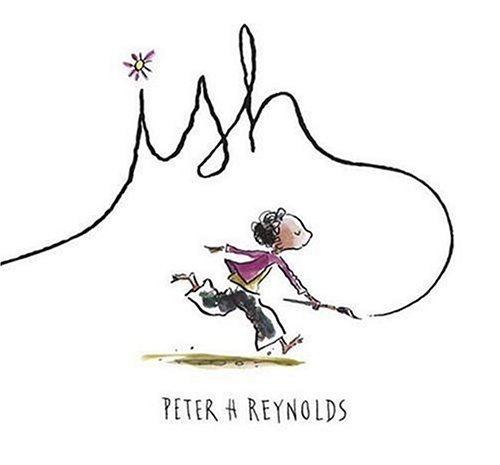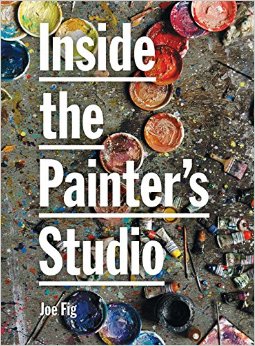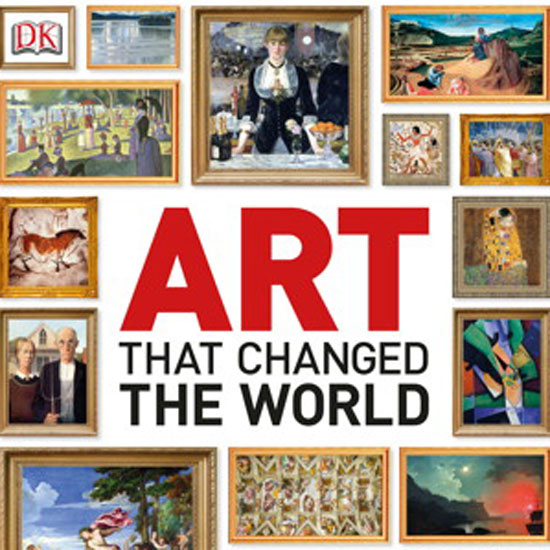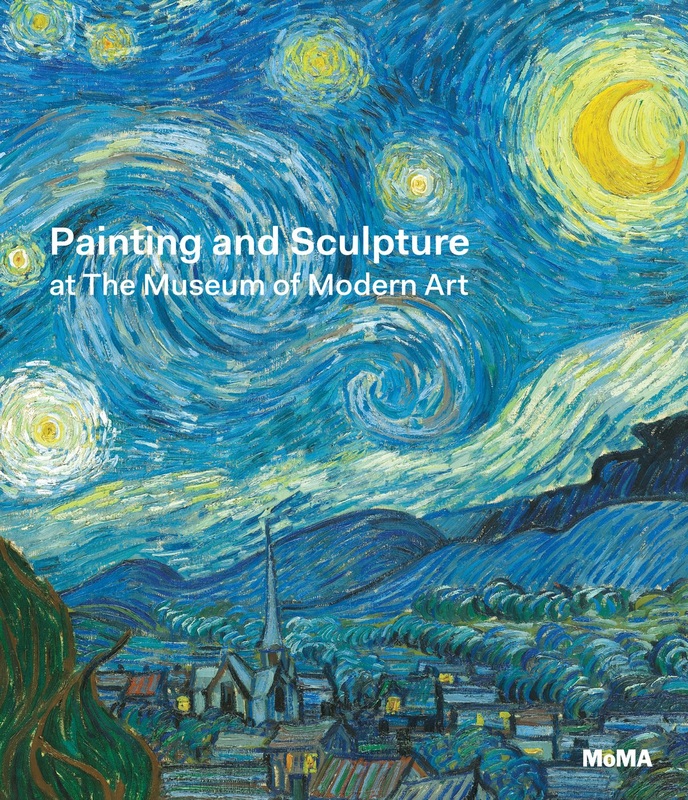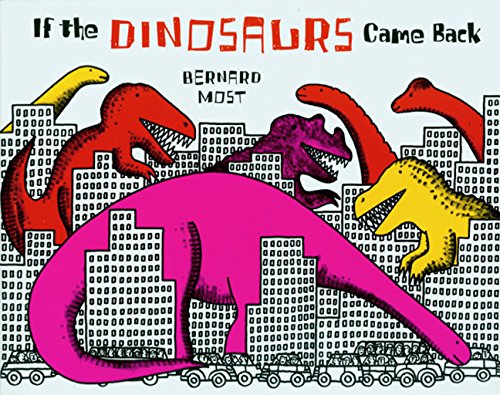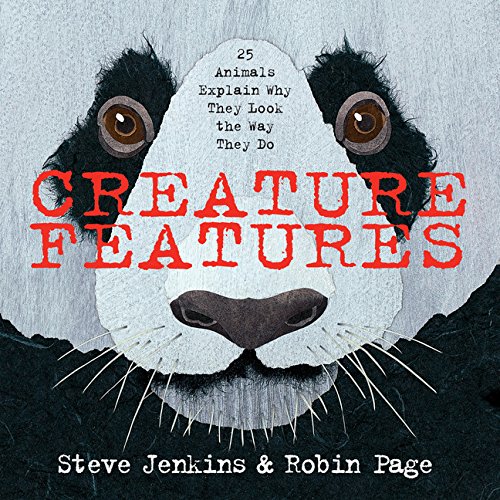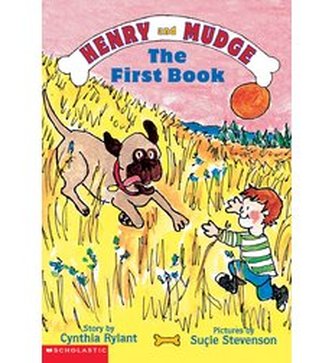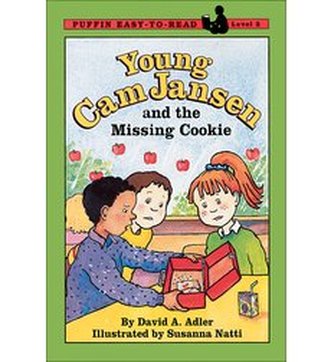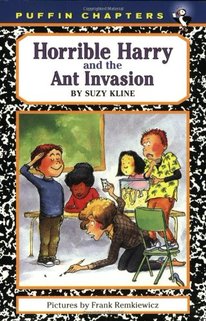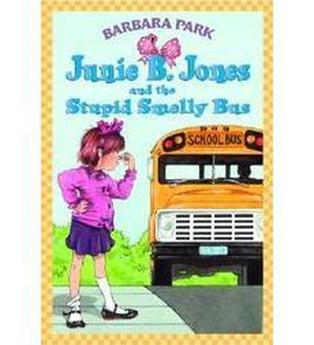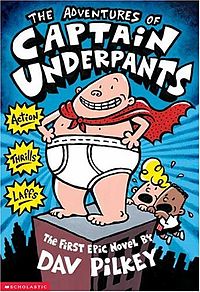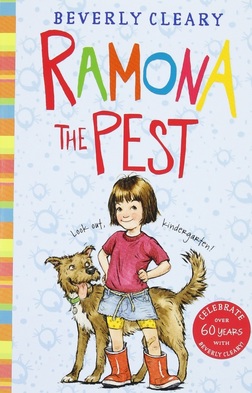Dads are awesome in all sorts of ways.
Now that that's out of the way...
Dads who read are more awesome.
Reading aloud to your kids is a great skill to have. As we discussed last week, reading aloud to your kids is important and there are ways to make it fun at home and reachable. You can read stories over and over and over again. Day after day. You can focus on the art one day, words another day, story the next. For bigger kids, you can practice your inflection while reading. You can choral read. You can do it at the library. You can can do it in a new place altogether. There are lots of possibilities - and we'll get to them. But one of the best is, handing reading aloud to your kid off to your partner.
I love reading. And, I love reading to Liliana. I love getting lost in the story - getting loud, whispering, pointing out pictures, catching funny words in a story and seeing the bigger picture. I love listening to her say, out loud, the parts of stories that she knows - showing me that she's latched on to a story. I used to love reading to bigger kids and middle school kids because they get so into a story. You can see them analyzing its believability as you read it. You can see the wheels turning.
And sometimes, Dads are the best to get those wheels turning.
By second grade, most students start to identify reading as a feminine activity. Moms do the bulk of the reading aloud at home and many elementary school teachers are women. Boys see girls reading more at school and this contributes to the cycle.
And it follows, fathers only read to their children an average of 15% of the time. Jim Trelease, in The Read Aloud Handbook, posits that boys who are read to by their fathers enjoy higher reading achievement scores. And sons who see their fathers read recreationally, read more themselves. Makes a lot of sense.
So, what's the big deal? This is not new, but girls are outperforming boys in overall reading achievement. Anecdotally, I always had a harder time getting my middle school boys to read for fun. And, I'm not the only one - engaging boys in the classroom is a topic of discussion for many teachers.
Much of this is due to the differences in motivation to read, having good reading choices and having good reading role models. Studies show girls are more intrinsically motivated to read and have an easier time finding books to read. Boys have a harder time and start to shy away from reading in the classroom (and at home). A lot of my boy students wanted to read about dinosaurs and sports and that starts to wear thin after awhile.
Boys also perceive themselves to have a lower ability to read than girls. This perception of lower ability starts early in elementary school and persists through to high school and you guessed it - this perception concurs in timing. It's right when reading is identified as a girls' activity.
Let's make it an everybody activity. And, let me amend my earlier statement.
Mom, hand off the reading aloud time every once in awhile because Dads who read to their kids and read recreationally in front of their kids are the most awesome. Dads who read to their boys have an extra level of awesome added on.
Enjoy!
And, in case you're wondering, it's Judy Blume's, Tales of a 4th Grade Nothing, that's getting those two reading goofballs laughing. And, Joe will read it to Liliana for real one day.

